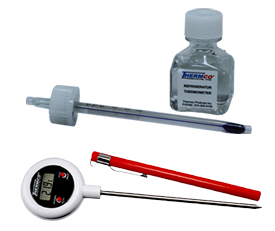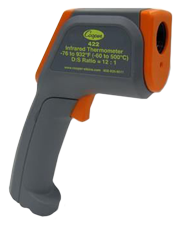Discover essential tips and tricks for effective thermometer use with Nelson-Jameson. Whether you're dealing with spirit-filled or mercury thermometers, understanding proper storage, reuniting techniques, and recertification requirements is crucial. Learn about the color variations in spirit-filled thermometers and the importance of annual recertification for certified thermometers. Stay informed about mercury regulations in your state and explore mercury-free alternatives available from Nelson-Jameson. In case of a mercury-filled thermometer break, ensure safe cleanup with a mercury spill kit and report the incident to Nelson-Jameson for proper disposal guidance. Delve into the concept of thermometer immersion and gain valuable insights into using infrared thermometers, including tips on maintaining accuracy by keeping the lens clean and avoiding prolonged storage in cold environments. Elevate your temperature monitoring practices with Nelson-Jameson's comprehensive thermometer tips and resources.
 Never store a spirit-filled thermometer horizontally. Always store upright in a case or protective stand.
Never store a spirit-filled thermometer horizontally. Always store upright in a case or protective stand.

Shop our selection of thermometers.

January 2, 2026
From regulatory updates to evolving needs for operational efficiency, food processors spent 2025 adaptin...

December 10, 2025
What is OSHA's Regional Emphasis Program (REP) for the food manufacturing industry? The OSHA Regional Em...

December 8, 2025
There is a fundamental connection between worker safety and food safety: A failure in worker safety can ...